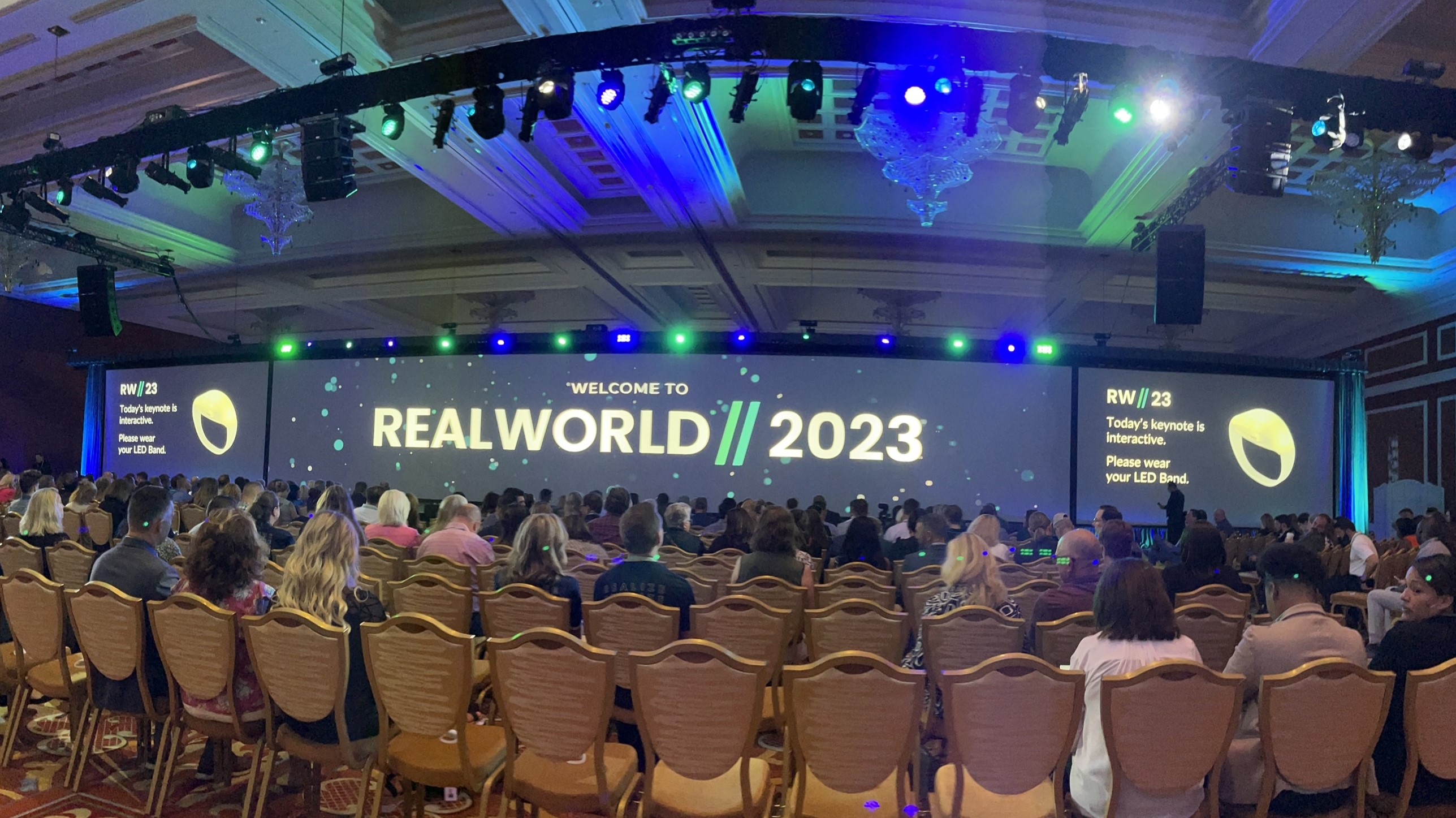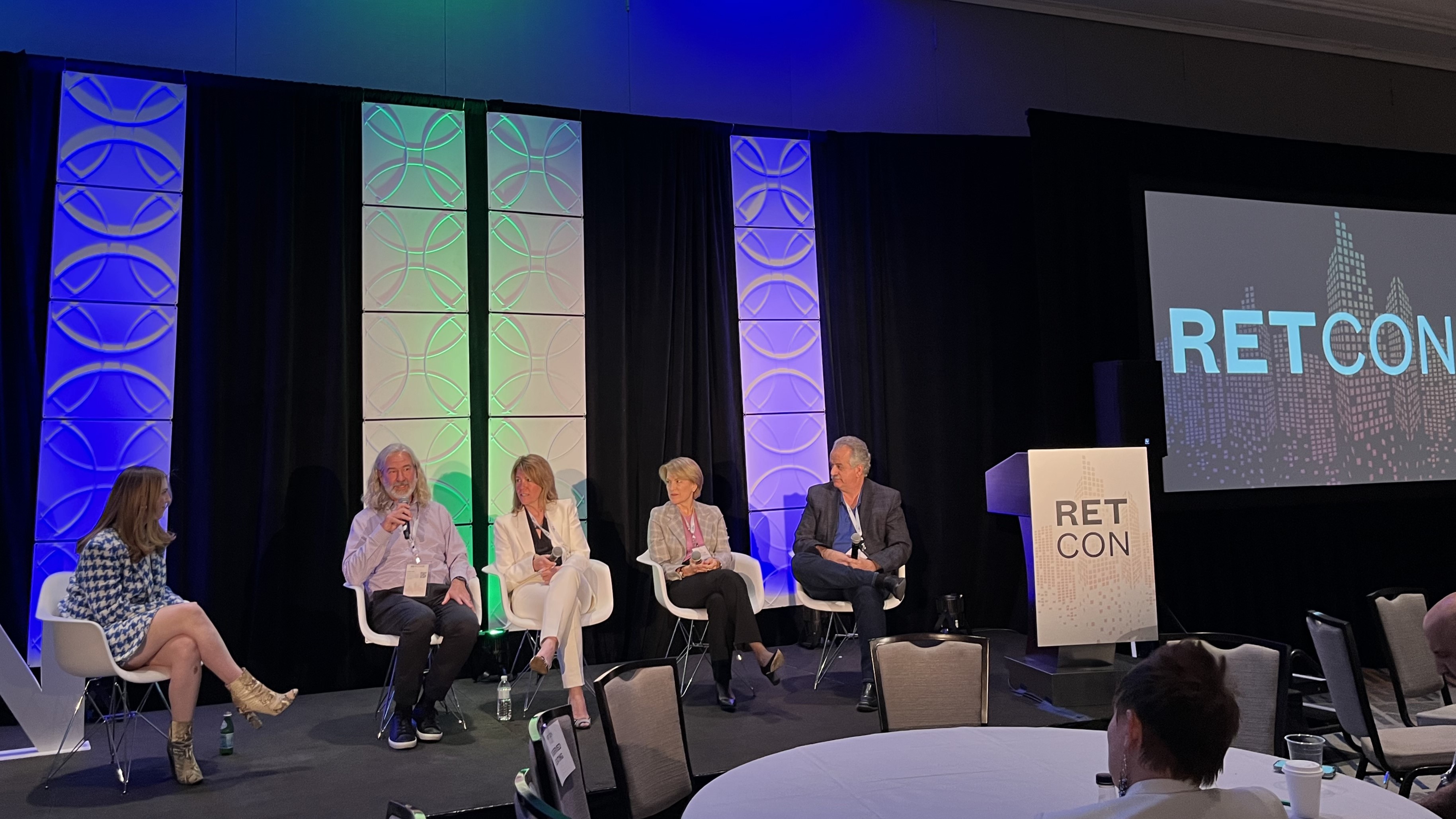Multifamily Marketing: Are Leads for Losers?
We all love leads, don't we? Anyone engaged in the marketing and selling of any product cherishes that confirmation: someone is interested in your product and ready to be sold to. Leads are the lifeblood that keeps sales pipelines full. However, some recent in-depth conversations with individuals I consider to be true thought leaders in our industry have changed my perspective on this prized commodity. These conversations have led me to think that, as one put it, leads may be for losers.












